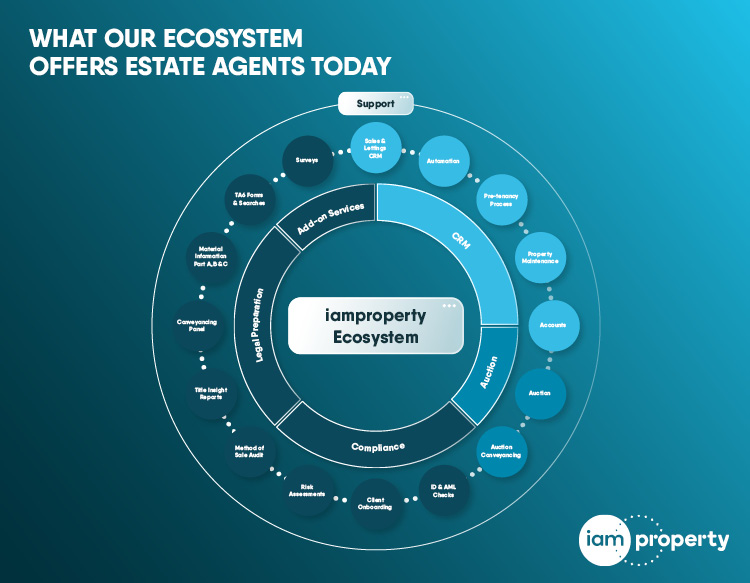
With stock remaining perilously short for most agents, the industry has been advised to use data to identify those existing owners who are likely to move in the coming 12 months.
The stamp duty holiday has seen demand outweigh supply to an almost historic degree, with Zoopla saying that the number of properties on the market in the first half of this year was a quarter lower than previous periods.
Now Phillipa Legg, chief operating officer of epropservices, says that a possible solution to the current stock shortage could be the Propensity to Move data.
This data has been identified by epropservices and launched to The Guild of Property Professionals and Fine & Country licensees at the start of summer.
Legg comments:“Statistics show around 76 per cent of all new instructions will come from properties that are currently not listed on the market, so the silver bullet would be determining which homeowners are likely to list their property in the year ahead, so that agents are able to open up communication with these targeted homeowners before they list.
“This kind of data will provide agents with an advantage in the current competitive market, while allowing them to focus their prospecting efforts on a selected, targeted group of homeowners who are most likely to list, increasing their chances of securing more listings. A more targeted approach means less money spent on prospecting that is not likely to produce the desired impact.”
The Propensity to Move platform focuses on homeowners and the top 10 per cent of properties across the country where there is most likely to be a move. Epropservices claims that the top 10 per cent of the model provides the strongest return on investment, successfully identifying a third of new instructions which then do come to market.
The platform uses the Unique Property Reference Number, which is the unique identifier for every addressable location in Great Britain; this allows agents to see how often a property has appeared in the Propensity to Move data and how many times they have mailed that address.
The algorithms used by the platform identify historic data to predict how likely changes are in the year, including personal demographic, property demographic, location, and market activity.
She adds that, once the platform has identified the homeowners who are likely to move, agents can use that data to start sending those prospective clients communications to start building a relationship with them.
The communication recommended is an agent-branded newsletter of market information and statistics.













.png)


.jpg)
.jpg)





%20-%20IMAGE%20Client%20Accounting%20%E2%80%93%20what%20are%20your%20options.jpg)


.png)
.png)
.png)
%20(002).png)






%20(002).jpg)



.png)




Join the conversation
Jump to latest comment and add your reply
Turn data into drama. Build an audience that wants to hear what you have to say and that would miss you if you were gone. Then you don't have to "identify clients" to pitch your services. Your agency is the only agency they call and you have better clients that don't need a sales pitch.
Very few will only ask 1 agents for a val
Two choices: 1. Go through all this rigmarole (cost & time spent with large amounts of waste) to hunt out those 'thinking' of moving or 2. Do as Chris Arnold suggests and invest in your brand and build an audience that makes you the 'go to' agent in your local market. I guess those incapable of doing 2, have to rely on proposition 1.
Please login to comment